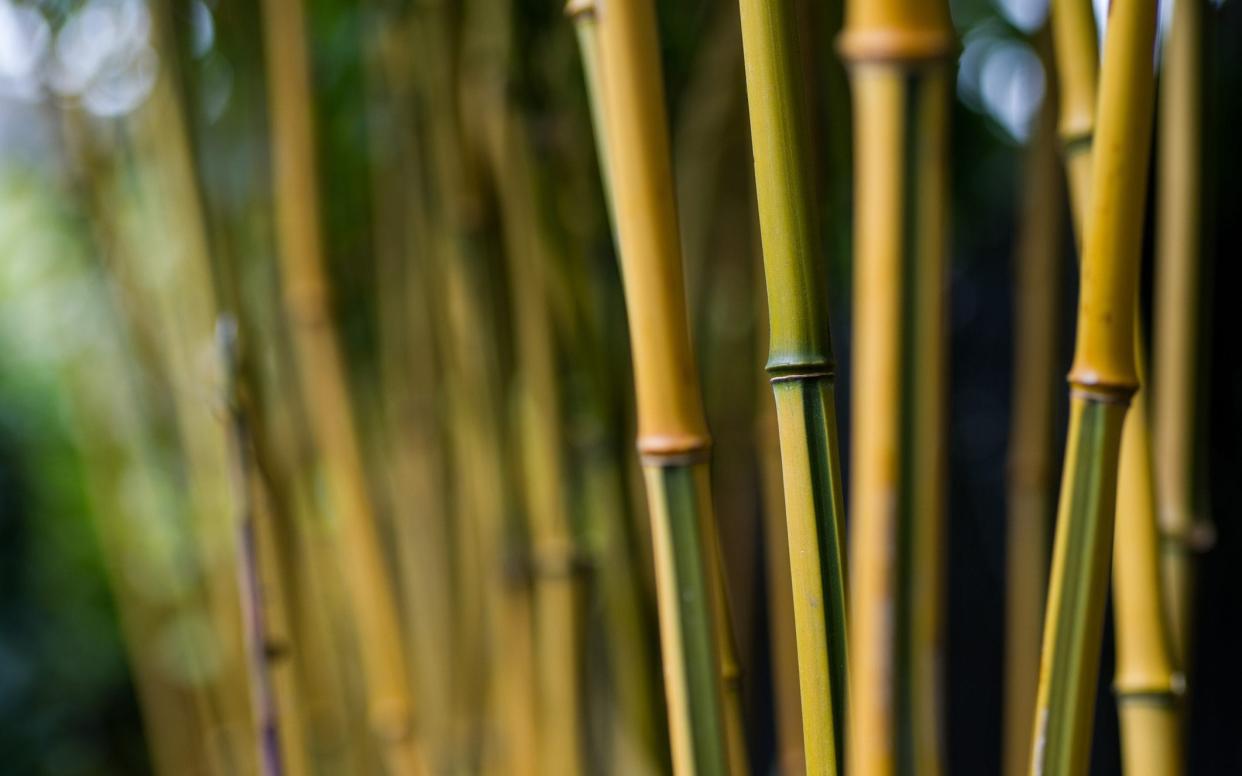Which bamboos are safe to grow?

If you love your garden but need advice on how to keep it looking lush and welcoming all year round, top head gardener Tom Brown can help. In this regular column he demystifies common gardening problems, explains what to tackle when, and shows how to make every moment on the plot more fun and productive. Happy gardening!
I’d love to grow a bamboo but I’m terrified it will take over. Do you have any advice?
I believe that bamboo plants have a place in a garden and can be architecturally stunning, making good substitutes for small trees but, here’s the caveat… they need to be managed each year, otherwise you’re in for a workout to regain control.
I grow Phyllostachys nigra and Phyllostachys vivax f. aureocaulis for their coloured stems during the winter, with strong black and gold canes respectively. Here’s where the management comes in: each autumn I dig around the clumps with a garden fork or mattock and cut off any runners or underground stems I come across as they’re reasonably shallow and easy to get to.
Once exposed, each runner can be chopped off with a pair of loppers, back into the clump to prevent spreading. If this is repeated each autumn, you begin to create a zone that becomes increasingly easy to dig and remove those annual wanderers. While I’m there, I strip off the foliage on each cane up to around 6ft to highlight the coloured canes and give a transparent quality to the clump. I also thin any weak or distorted canes. Finally, I mulch with some well-rotted manure to help increase the girth of the remaining canes and there you have it – a few hours work each year for an evergreen structural plant that looks wonderful.
Okay, you might not be sold on this and have such a deep-rooted loathing for bamboo that the only question you have is “How do I get rid of it?” Realistically, there are two main ways to eradicate bamboo from your garden – either physical removal or by chemical control. By far the most effective way is to physically dig out the clump by hand or by hiring a small digger. First, cut down the canes, then dig a perimeter around the clump and remove the roots in fragments to make handling and disposal easier. Sections of roots should be taken to your local recycling centre for composting on an industrial scale.
The RHS has information on chemical controls, but, be warned: this requires persistence and has environmental consequences, like any kind of chemical intervention.


